|
Richard Hunn stated that the Five Ranks of the Caodong School are very sophisticated and quite often difficult to understand. In essence the Caodong Ch’an Method is a condensing of the teachings found within the Lankavatara Sutra. Without possessing a copy of this Sutra (which Bodhidharma brought to China in 520 CE) – the “Method” can be easily learned, preserved, and transmitted by word of mouth and through awe-inspiring deportment (hence the “odd” behaviour of many Ch’an Masters and their Disciples). Within ancient China, perhaps around only 10% of the population could read or write. Such men (normally not women) were almost always Confucian Scholar-Officials (or their students). It is also true that some Ch’an Masters were also Confucian Scholars – as were Master Dong and Master Cao – who founded the Caodong School of Ch’an (the two names are reversed to express a better rhythm within Chinese-language speech patterns). Both these men understood the “Yijing” (Change Classic or “I Ching”) and were conversant in the Trigram and Hexagram ideology. This is why the Five Ranks are premised upon two Trigrams and three Hexagrams. The internal logic of how these lines “move” from one structure into another - is the underlying reasoning that serves as the foundation for the Caodong School. The minutiae of this doctrine is not the purpose of this essay (as I have published a paper on this elsewhere). Within genuine Caodong lineages it is taught that the Caodong Five Ranks can be taught as “Three” levels of realisation or attainment: 1) Guest (Form) – ordinary deluded mind within which the “Void” is not known. (Rank 1) 2) Host (Void) – the “Void” is known to exist and a method is applied to locate and realise its presence. (Rank 2) 3) Host-in-Host (Void-Form Integration) – the “Void” is fully realised, aligned, and integrated with the “Form”. (Rank 3, 4 & 5) The problem with “lists” is that they are often dry and one-dimensional. What does the above explanation mean in practical reality? The following is how this path is explained from the perspective of experiencer: a) When the mind is looked into – all that is seen - is the swirling chaos of delusion (Form). b) By applying the Hua Tou or Gongan Method – this confusion ceases, and an “empty” mind is attained. However, this “emptiness” is not permanent and must be continuously accessed through seated meditation to experience it more fully. Furthermore, even when stabilised – this experience of “emptiness” is limited only to the inside of the head. This is “Relative” enlightenment that should not be mistaken for “Full” enlightenment. Despite its limitation, nevertheless, such a realised state is far beyond the ordinary. c) When the “empty” mind naturally “expands” it encompass and reflects the physical body and all things within environment (the “Mirror Samadhi”). This is the attainment of “Full” enlightenment - and the realisation of the “turning about” as described in the Lankavatara Sutra. Although no further karma is produced and given that a great amount of past karma has been dissolved, the very presence of a living physical body still attracts karmic debts that may need paying. Further training is required to clear the surface mind of residual “klesa” (delusion) and to purify behavioural responses. Traditionally, the Chinese Ch’an Master refused to speak about the post-enlightenment position.
0 Comments
Chinese Ch'an is the method of permanently altering one's perception. This is achieved by changing 'how' and 'where' the individual places their 'attention'. The default setting for human-beings - which is linked to the evolutionary drive to survive - requires the general attention to be fixed upon the sensing of permanent (external) stimuli - as mediated through the six sense-organs. Modern science, of course, informs us that there are many more than just the assumed 'five' senses in the West (perhaps as many as 'thirty') - but these further senses are in fact specific aspects (or elements) of perception - and easily fall within the Buddha's schematic of defining the 'mind' as a 'sense'. Human ancestors had to be acutely 'aware' of their surroundings if their chances of survival were to be enhanced. After the development of the human mind, body and environment - settled human culture allowed individuals to contemplate their existence. As much of this is speculative in nature - it falls under the subject of religion and spirituality - with the modern trend involving secularised conspiracy theories. The point is that there are many 'external' places (the 'guest' position) where individuals are able to place their awareness. It does not matter what belief system sustains this 'externality' - as the 'guest' position is NEVER left. The Chinese Ch'an tradition offers a methodology to alter, shift and change this orientation. Chinese Ch'an does this by transitioning the default setting of human perception away from the 'guest' position - and toward the 'host' position. The 'host' position is comprised of the empty essence that underlies ALL perception. Therefore, it does not matter where an individual lives, when an individual lived - or the culture that defines the prevailing material conditions - the empty mind ground will ALWAYS underlie whatever physical structures the conditioned elements construct. Today, many spiritual schools are content to pursue a material path that encourages adherents to become attached to this or that outward manifestation - often for a large fee! Being 'attached' to whatever form of externality that takes your attention is not difficult and you certainly do not need another's permission or guidance to attain it. This is why a genuine Ch'an teacher is often unpopular in the world of material externality - as he or she continuously speaks and acts from the 'host' position. The genuine Ch'an teacher is a beacon of stable hope in a sea of changing uncertainty - as was the example of Master Xu Yun (1840-1959). In the meantime, words, silence, actions, and inactions - all serve to turn the adherent's attention BACK (inward) toward the empty essence of ALL material experience. If you are looking for the confirmation of your existing views and opinions (the 'guest') - then you have come to the wrong place. There are many 'businesses' out there that will sell you a robe and an ordination certificate. How's that for unpopularity?
Dear Gee
What is interesting is that after decades of effective inner and outer martial arts practice, I have arrived at a profound 'stable' state of mind, body and spirit (whatever that is). This journey has traversed many inner and outer levels or states of being. Mostly, this has included a logical approach to physical training motivated by 'doubt' a) in the process itself, and b) in my ability to keep-up the practice or c) to carry-out the prescribed practice correctly. This 'doubt' was inward whilst the physical 'outer' Chinese martial arts techniques were superb and highly effective. This 'doubt' (which ceased to function about 14-years-ago in c. 2007) acted like a force of magnetism drawing my 'uncertain' inner-being toward to the solid and stable outer-structure of the martial arts techniques and how they might be used in self-defence (function) and mind and body health and fitness (longevity). There is now a great awareness. A great all-embracing sense of psychological being that appears to be united with mind, body and environment. This unity I term 'spiritual' because all this seems 'transcendent'. Of course, whilst being driven on by the inner doubt to practice physical martial arts (as a form of 'armouring' against external attack), I also committed myself to intense Ch'an meditative practice as a means to 'uproot' this doubt which all motivating throughout my entire life to 'take action' in many different arenas - it also contained an element of 'weakness'. As I interpreted this 'weaknesses' as a major problem that a) held me back in a state of fearful 'non-action', or b) sabotaged physical actions so as to render all exertion completely pointless! The mind 'cleared' and 'expanded' - it became all-embracing so that the body stopped appearing to be 'outside' of it and took its place entirely within psychological awareness. Although I had my initial experiences of the realisation of a 'still' and 'empty' mind with its awareness expanding and embracing all things around 1990 - it took another 15-years for this experience to settle-down (2005), and about another two or three years for all vestiges of 'doubt' to completely dissolve (2007/8). What did happen around 1990, however, is that my physical use of outer Chinese martial arts technique deepened, expanded and matured, and since the time of 'teaching' in my own right (as opposed to 'training' under a teacher) - I have never lost a fight in the training hall. (Around a year before this experience, I was following a strict Chinese (Mahayana) Buddhist 'monastic' regime and sitting in meditation for hours a day practicing the hua tou 'Who is hearing?' Suddenly, whilst sitting in my 'cell' and without warning, my mind 'ceased to move' becomingly utterly and completely 'still'. This was accompanied by deep sense of permanent ecstasy! My Chinese teachers correctly taught me with 'silence' - whilst my Western teacher Richard Hunn (1949-2006) - my Western Ch'an teacher - correctly taught me with words! Ironically, he drew my attention to the authentic Chinese Ch'an texts. 'Neither be attached to the (realised) inner void - nor hindered by (the 'external') hindering phenomena'. It was deep within the 'silence' of my Chinese Ch'an Masters (including Chan Tin Sang [1924-1993] that I discovered the poignant meaning of Richard Hunn's spiritually 'vibrant' words. This is how I knew that Richard Hunn was correct in his understanding. Later, this dual instruction [into non-duality] led to the next shift in perspective This occurred a year later after a further period of intense practice, and was a product of a complete change or 'turning about' [see the 'Lankavatara Sutra'] at the deepest essence of the mind. It was such a profound and important 'first principle' that I nearly omitted it from the list of all the important events! I was once meditating sat on the ground outside 'returning' all sensory data 'back to its 'empty ground' essence - when a cool and refreshing Summer's freeze blew gently across my face. Suddenly, my mind instantaneously 'turned the right way around' immediately abandoning its previous 'inverted' functionality and appeared to 'expand', assume an 'all-embracing' position of being, whilst this 'new awareness' thoroughly permeated the physical-body and penetrated the physical universe throughout the past, present, and future! This permanent shift in psychological and physical manifestation changed 'me' from the DNA-chemical foundation upward and influenced all the views and opinions I now hold!) This includes not only transforming the experience of sparring with students (which is now unified experience premised upon wisdom, loving kindness and compassion) - but also manifested within the otherwise 'brutal' realm of 'honour fights' whereby unknown and unfamiliar individuals suddenly turn-up at my training hall and (disrespectfully) ask to spar! They wish to gain fame and fortune through 'out of control' violence which involves (for them) the 'beating' and 'exposing' a local (Chinese) gongfu teacher! How did this happen? I think whereas my opponents were still motivated by a deep and profound sense of 'doubt' (often involving a profound 'self-hatred') - I no longer experienced this 'doubt' which 'divides' human-beings during combat. Doubt by this time in my life had become nothing more than a profound sense of enhanced 'awareness' full of compassion and understanding. This is all held in place by a physical (martial) ability that can use 'gentleness' just as easily as 'harshness' to 'control' or 'regulate' physical interactions. Signed: Adrian Chan-Wyles [陳恒豫 - Chan Heng Yu] (22.11.2021) - '釋大道' (Shi Da Dao) Witnessed and Authenticated by Yau, Gee-Cheuk [邱芷芍] (22.11.2021) - 'Gee Wyles' - Wife of Adrian Chan-Wyles 133. He converts his body to accord with his mind: he takes the body and mounts it on the mind. He makes its going swift to coincide with that of the mind; for the mind’s mode of going is swift.
He arrives at blissful perception and light perception: he arrives at perception of bliss and perception of lightness that are canascent with the supernatural-power consciousness whose object is the material body. The rest should be understood in the way already described. But here there is only the going of consciousness. (21) 21. “’There is only the going of consciousness’: there is only the going that is the same as that of the mind. But how does the body whose going [being that of matter] is slow, come to have the same going as the mind, which quickly passes? Its going is not the same in all respects, for in the case of converting the mind to conform with the body, the mind does not come to have the same going as the body in all aspects. For it is not that the mind then occurs with the moment of a material state, which passes slowly instead of passing with its own kind of moment, which is what establishes its individual essence. But rather the mind is called ‘converted to accord with the going of the body’ as long as it goes on occurring in a continuity that conforms with the body until the desired place is arrived at. This is because its passing occurs parallel with that of the body whose going is slow, owing to the resolution. ‘Let the mind be like this body.’ And likewise, it is while the body keeps occurring in such wise that its arrival at the desired place comes about in only a few quick passes of the mind instead of passing slowly, as in those who have not developed the roads to power – and this mode of occurrence is due to the possession of the perception of lightness, to say nothing of the resolve, ‘Let this body be like the mind,’ not because it arrives at the desired place in a single consciousness moment. And when taken thus the simile, ‘just as a strong man might stretch out his bent arm, or bend his outstretched arm’ (Vin 1 5) can be taken literally. And this must be accepted in this way without reserve, otherwise there is conflict with the Suttas, the Abhidhamma and the Commentary as well as contradiction of natural law (dhammata). Bhikkhus, I see no other one thing that is so quickly transformed as the mind’ (A 1 10) - here it is material states that are referred to by the word ‘other’ because they do not pass quickly. And in the Abhidhamma only matter is called pre-nascence condition and only consciousness post-nascence condition. And wherever states (dhamma) arise, there they dissolve. There is no transmigration of dhammas by force of the roads to power. But it is possible to affect alteration of the mode in which they are present (bhava)” (Vism-mht 397) Visuddhimagga – The Path of Perfection – The Classic Manual of Buddhist Doctrine and Meditation – Part 2: Concentration (Samadhi) - Chapter XII – The Supernatural Powers - Translated from the Pali by Bhikkhu Nanamoli, BPS, (2010), Page 397 Author’s Note: In 2017, I wrote a short article about the Pali term ‘Bhavana’ and since then, I have been asked to write a more in-depth article regarding the meaning and application of this term in its Pali and Sanskrit context (both different and yet overlapping in places). Whereas in my earlier article (referenced below) I focused a great deal on the Chinese language term for ‘bhavana’ - in this outing I have limited myself to just the briefest of references to the Chinese equivalent – an act of considerable will-power considering Chinese Buddhism is one of my academic specialities (both ethnically and academically). However, I have always held the Theravada tradition in high regard and have been helped tremendously by its many practitioners and institutions around the world! From my Chinese Ch’an practice (and penetration of the empty mind ground) - I have come to see and appreciate how the many different branches of Buddhism (and reality in general) all manifest from the same stout trunk... Although what I convey to you is academically correct – you do not have to accept my conclusions. Always think for yourselves and make-up your own minds! ACW (17.9.2021) When I was studying Theravada Buddhism in Sri Lanka (in 1996), a term I came across continuously was ‘bhavana’ (‘भावना’ Pali and ‘भवन’ Sanskrit) - this was invariably used to refer to the act of seated ‘meditation’ and all the psychological and physical discipline required to successfully carry-out this important Buddhist practice. Indeed, within the Chinese written language, ‘bhavana’ is referred to as ‘修習’ (Xiu Xi) - or a central method of mind-body transformation – literally ‘self-cultivation method(s) or ‘habits’’ or ‘disciplined paths which intersect at a certain point of development’. A more succinct translation could be ‘paths of self-discipline' with the caveat that what is being suggested is the strict disciplining of the mind and body through the correct application of the Vinaya Discipline and the Bodhisattva Vows. Therefore, the single act of seated meditation has a wealth of supporting disciplinary activities surrounding its application, and does not appear does not suddenly appear out of a vacuum of non-effort. In other words, ‘bhavana’ refers to an act of ‘meditation’ which is the summation of the entire Buddhist path! Although the emphasis was always upon seated meditation, of course, standing, sitting and lying-down is allowed in the Buddhist Suttas – which very much depends upon the meditation teacher and the practitioner involved. Compassion, loving-kindness and wisdom must always be the driving force behind the practice of ‘bhavana’. As a ‘noun’, the Sanskrit dictionary states that भवन (bhavana) refers to:
The Pali dictionary suggests that ‘bhavana’ (भावना) refers to 'mental development' (lit. 'calling into existence, producing') in what in English is generally referred to 'meditation'. The Theravada School of Buddhism distinguishes two types of bhavana:
Interestingly, the very similar Sanskrit term ‘भावना’ (bhāvnā) refers to feeling, sensation, emotion and sentiment and is certainty moving toward the Buddhist (Pali) implications. Perhaps the Buddha modified a Pali term which once referred to the external practice of building houses and cultivating fields for farming – but changed its onus from this ‘objective’ meaning to a purely ‘subjective’ meaning relating to states of mind and patterns of thought and emotion. Just as rocks, weeds and stones are removed from the soil to make it fertile – the Buddhist practitioner uproots greed, hatred and delusion from the psychic fabric of the mind so that the mind becomes ‘fertile’ to receive the fruits of Buddhist self-cultivation. The Pali term appears to be referring to ‘that which arises from within’ - whilst the Sanskrit term is referring to ‘that which arises from without’. I would suggest that the inner perception of boundless space integrates with the awareness of boundless outer space – and that this is how the Buddha ultimately reconciles the two distinct meanings of this term. If a practitioner applies the Dhamma correctly – then like a plant growing from a seed into a might tree – the fruits of the Dhamma will manifest in the mind, body (and through behaviour) the environment!
This text is from Charles Luk's English translation of Master Xu Yun's Chinese Language biography rendered into English as 'Empty Cloud - The Biography of the Chinese Zen Master Xu Yun' (compiled by Xen Cue Lu) and edited by Richard Hunn (1988) - Published by Element Books. The Copyright to this text belongs to the Luk family - particularly Irene Luk - the daughter of Charles Luk.
Sitting-up with neck and back support in a comfortable chair can be useful - but lying down is just as good. Posture can involve any relevant position that you need rather than conformity to a universal standard. The Buddha talks of standing, walking, sitting and lying-down (he died lying on his right-side). The point is that a posture should allow an individual to 'forget' about the body. Pain is one of the three stages of sensation mentioned by the Buddha - together with 'pleasure' and 'neurality'. A convenient meditation posture should generate either a relaxed 'pleasure' or an indifferent 'neutrality' to the body. However, pain has the ability to 'breakthrough' any indifference being cultivated - until the 'indifference' becomes stronger than the pain. If you focus on 'Who is hearing?' and attempt to return all that is heard back to its non-perceptual essence - then the empty mind ground will be revealed. If a single sense can be 'returned' in this manner, then ALL of the other five senses (smell, touch, sight and touch) will automatically be returned generating a permanent unity of inner vision. Gone will be the duality that separates mind, body and environment. When this is achieved, pain is transformed into a distant 'drop' of water falling into the ocean...
The Buddha recognised that all physical bodies are born, exist and then die. This logical observation serves as the foundation of the Buddha’s Teaching. It is an inevitable process that every living-being must experience. An individual will be born, will live their life in any number of ways, and will then pass away through natural (old age) or unnatural (illness, injury or accident, etc) causes. According to the Buddha, the state of an individual’s mind is responsible for the ‘willed’ (volitional) actions performed through the body. The frequency of these decisions can be ‘healing’ and ‘compassionate’ or ‘debilitating’ and ‘horrible’ - it all depends upon the past conditioning (karma) of the individual mind (and body). By permanently ‘stilling’ (and ‘expanding’) the mind, all karmic production is eradicated. This is a moment of karmic purification of mind and body. The ‘ridge-pole of ignorance is destroyed forever’ as the Buddha states in the Dhammapada. This is the experience of nirvana whilst still inhabiting a human-body – and when death arrives the body will ‘fall away’ - revealing the state of experiencing ‘nirvana’ without inhabiting a body. Through adhering to the Vinaya Discipline – this strict regulation of the mind and body in the environment has a beneficial effect with regards to health. This is because every rule is designed by the Buddha to ‘remove’ a particular negative (karmic) trait that causes ‘suffering’ in the mind and body of the individual and which permeates out into the environment if not ‘checked’ through the deployment of purposeful discipline. This is how the Buddha strives to reduce suffering in the mind and body of the individual (and in the world). This process is cemented by emptying the mind of greed, hatred and delusion – whilst directly ‘perceiving’ the empty essence of the perceiving (and ‘non-perceiving’) mind. This is how the Buddha strives to eradicate all ‘illnesses’ (and illness generating ‘delusion’) from the mind, body and environment through the application of a strict discipline. This is why Master Xu Yun (1840-1959) was of the opinion that the Vinaya Discipline is a vital (foundational) element of ALL genuine schools of Buddhism – and refused to follow the example of Japan in ‘abolishing’ the Vinaya Discipline as a guide for monks and nuns. If a person wants to live longer and in a healthier manner – then follow the Vinaya Discipline!
‘We are here to inquire into the hua-tou which is the way we should follow. Our purpose is to be clear about birth and death and to attain Buddhahood. In order to be clear about birth and death, we must have recourse to this hua-tou which should be used as the Vajra King’s precious sword to cut down demons if demons come and Buddha’s if Buddhas come so that no feelings will remain and not a single thing (Dharma) can be set up. In such a manner, where could there have been wrong thinking about writing poems and gathas and seeing such states as voidness and brightness? If you made your efforts so wrongly. I really do not know where your hua-tou went. Experienced Chan monks do not require further talks about this, but beginners should be very careful.’ Master Xu Yun (113-114 years-old) - Ch’an Week - 1953-1954 – Fourth Day - Jade Buddha Temple (Shanghai) Master Xu Yun never wastes a single word. This is because he is never confused as to the origin of a single thought. Master Xu Yun exists (psychologically and physically) within the permeant realisation of the empty mind ground. According to the historical (Indian) Buddha, ‘life’ as we experience it is unsatisfactory, seldom stable and prone to disappointment and ultimate dissolution. Physical life begins through the chemical explosion of conception, and ends when the body naturally shuts-down (during biological death), or is extinguished early through accident, illness or disaster, etc. Master Xu Yun lived through many such episodes throughout his extraordinarily long life (of two-cycles of the Chinese Zodiac). He lived within the space of the enlightened mind as explained in the Surangama Sutra. This is described as a round, all-embracing mirror that sees everything and rejects nothing. Like the sun – such a realised state shines on everything equally – bringing light and loving kindness to all phenomena whilst clearly distinguishing between this and that. This is why Master Xu Yun described the enlightened state as being ‘this and thus’ in his final years. What many believe to be exalted states experienced when training in methods of self-cultivation, are nothing more than marks of progression and subtle expressions of delusion that must be ruthlessly ‘cut-down’ without hesitation. Buddhas in the mind are only shadows in the imagination, nothing else. Being obsessed with a shadow is not the realisation of ‘enlightenment’ but just more delusion indulged in a more favourable direction. These achievements signify spiritual ‘dead-ends’ that many reach and mistake for the state of ultimate ‘enlightenment’. Practitioners then become satisfied to remain in these dark corners of the imagination and to lead all other into the same cul-de-sac of doom! When attachment mixes with a false attainment, then an individual will not be able to move-on for very long extended periods of time. All is lost as darkness replaces light – and ignorance dominates genuine wisdom. This quagmire can be avoided or escaped simple by applying the hua-tou correctly and effectively. What was once inevitable instantaneously ‘melts’ away as the hua-tou detaches the mind’s faulty awareness from this delusion and turns it toward the empty mind ground. This demonstrates the power of a) delusions to fool and distract the mind, and b) for the hua-tou method to quickly resolve this issue. The hua-tou is a very effective method of self-cultivation now only found in the Chinese Ch’an School of Buddhism (and the various lineages that have spread to other countries). Looking within is a matter of proper view – nothing else. Looking correctly will reveal the empty mind ground – looking incorrectly will reveal the delusion of the mind which cannot be escaped. Settling the body and directing the awareness is more important than all the passing phenomena of the external world (good or bad) - and has nothing to do with existential circumstance. This is why Ch’an is both difficult and easy.
|
Archives
March 2024
Categories
All
|
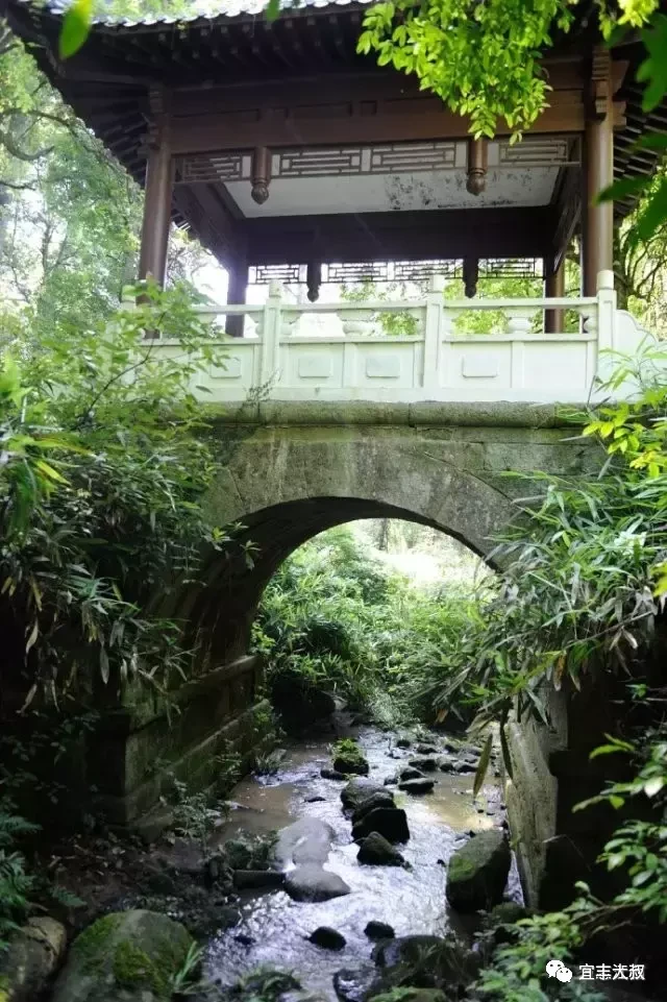
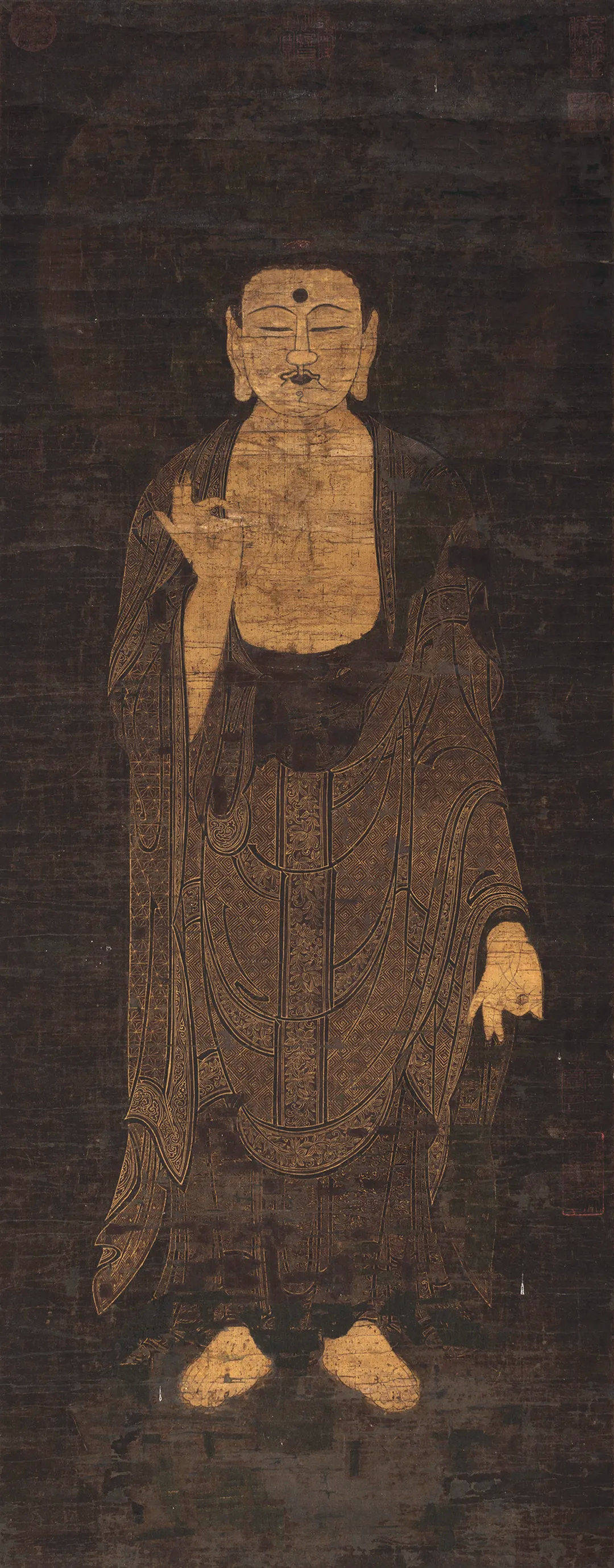
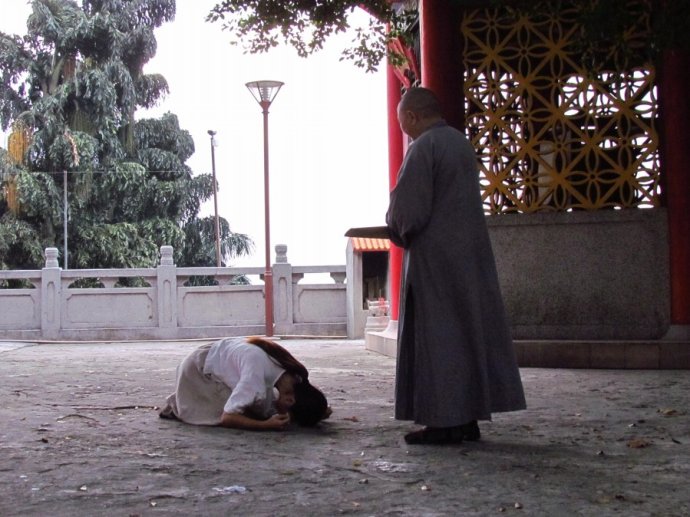
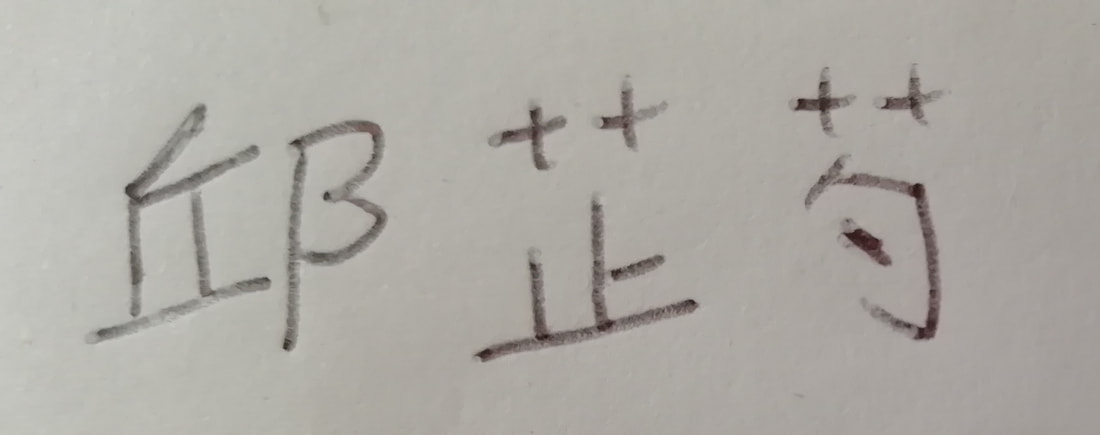
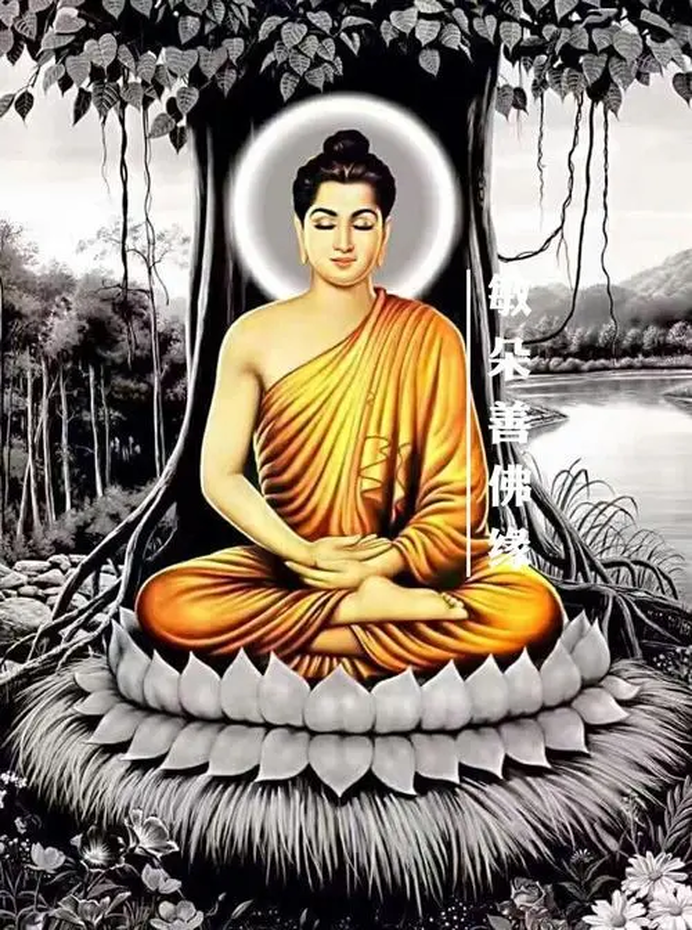
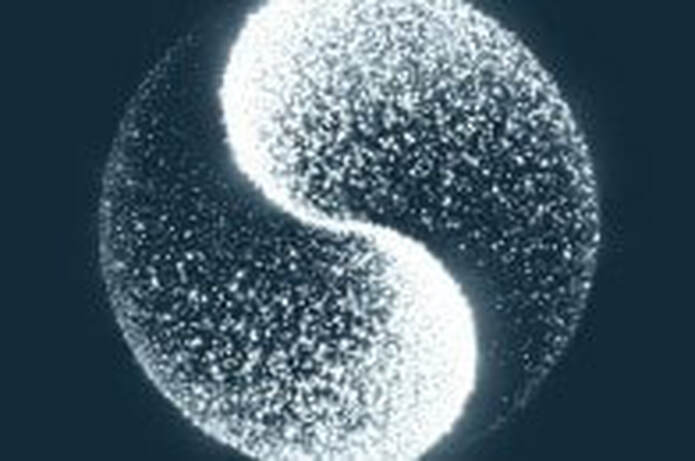
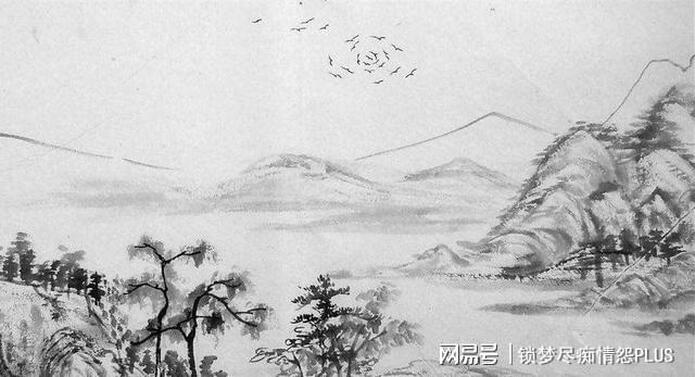
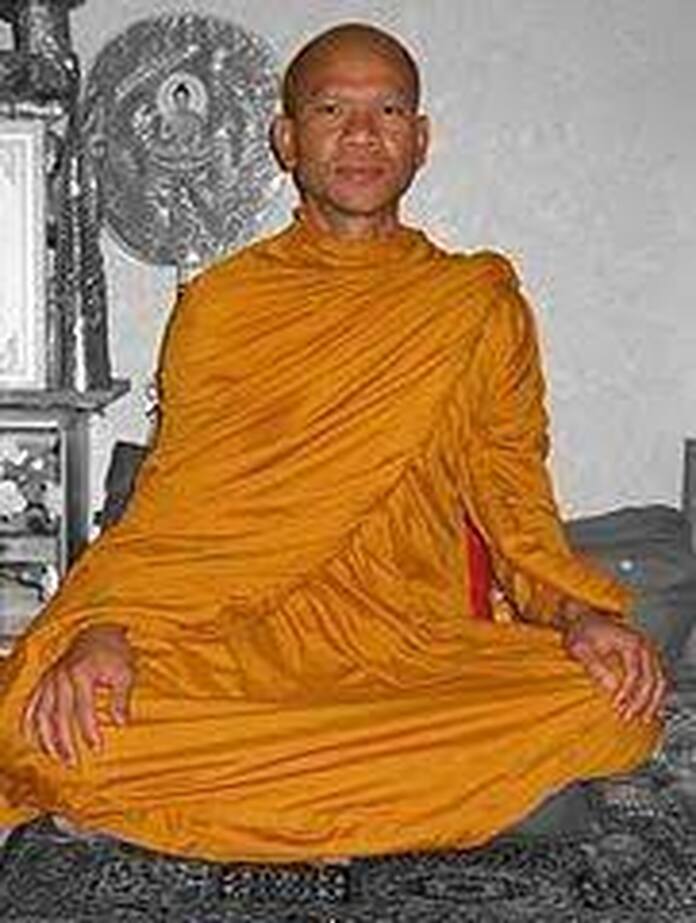
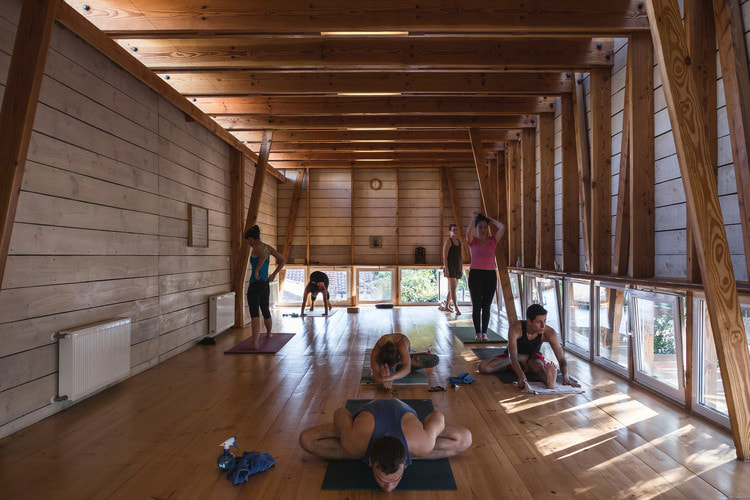
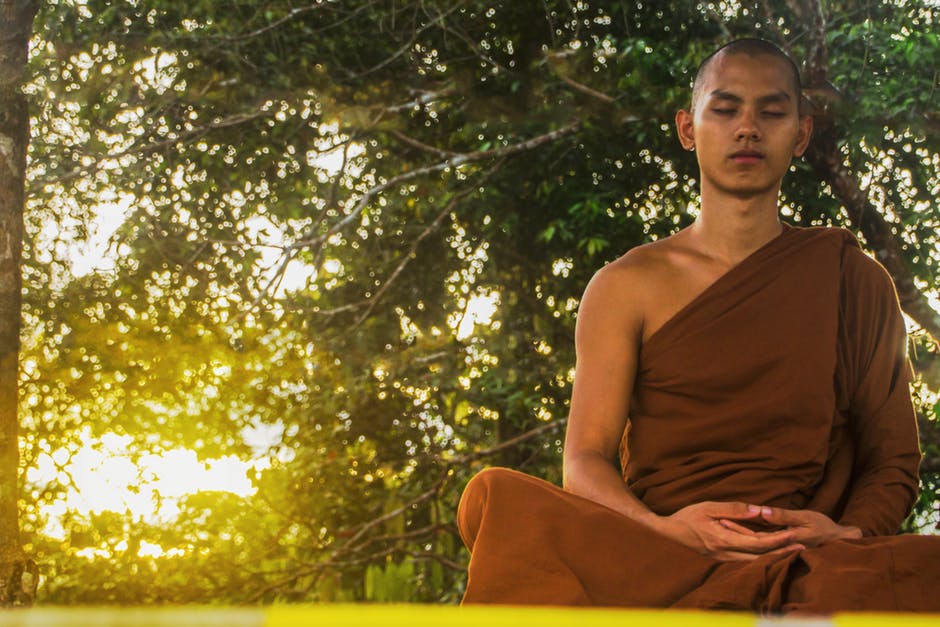
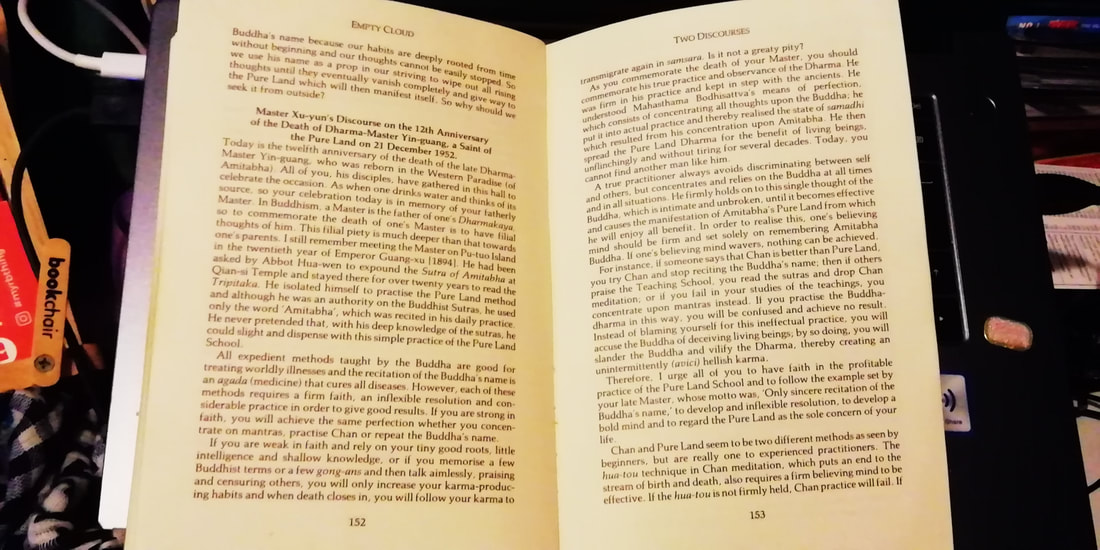
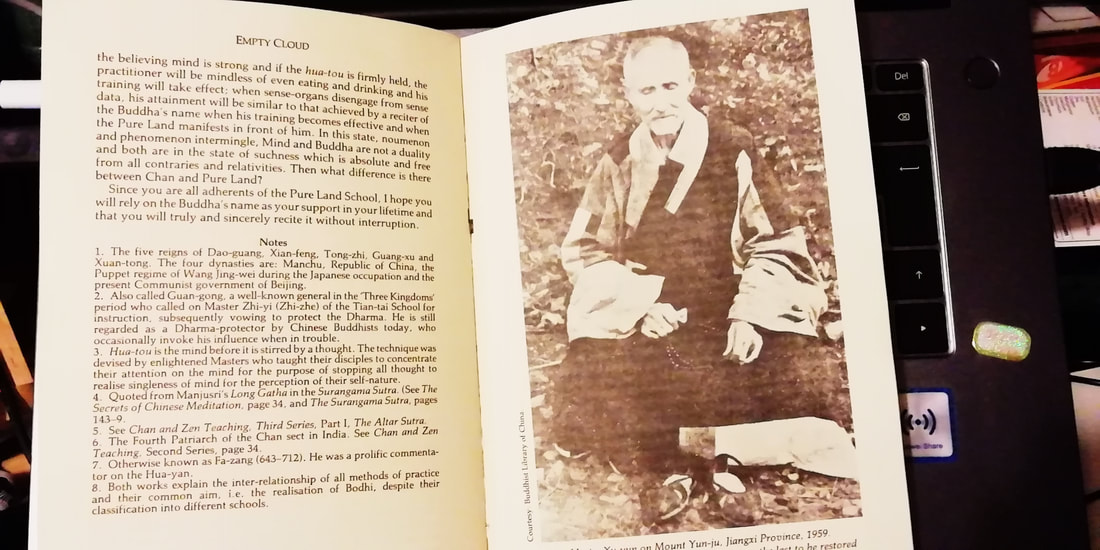




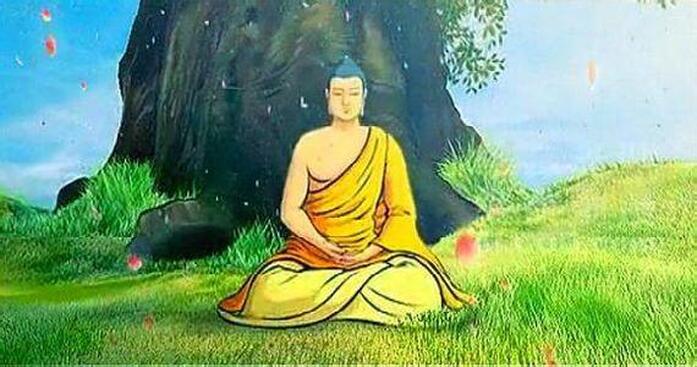
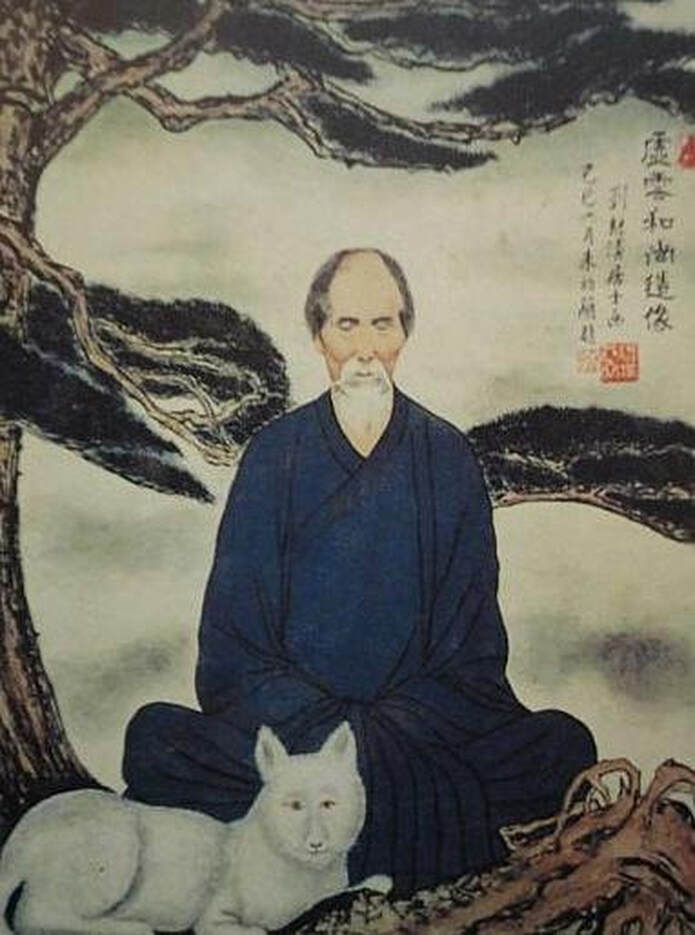
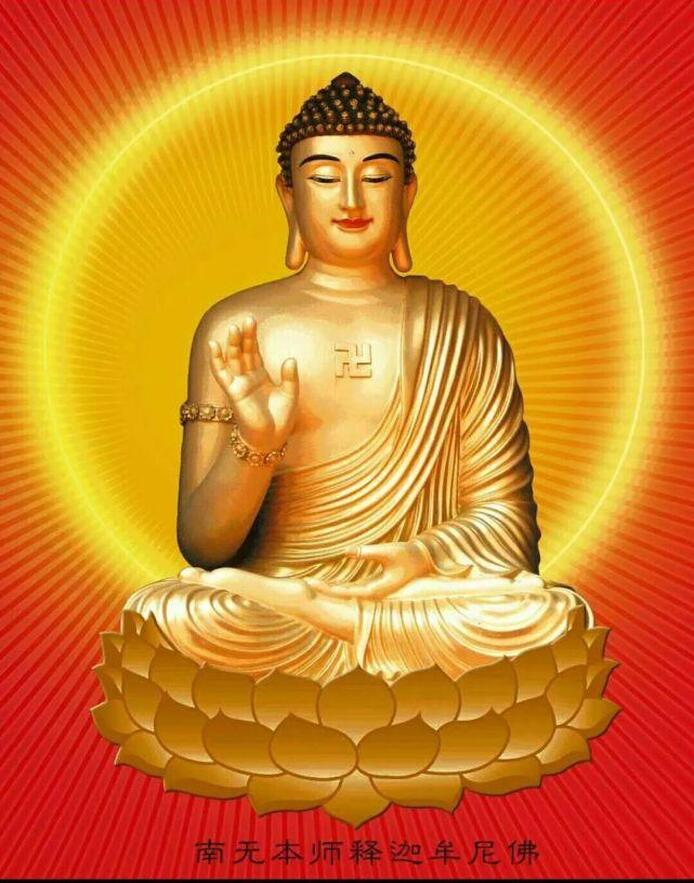
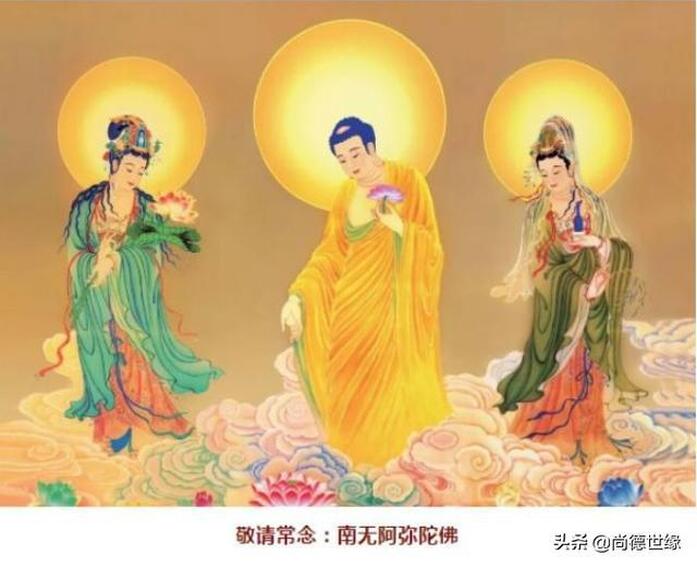
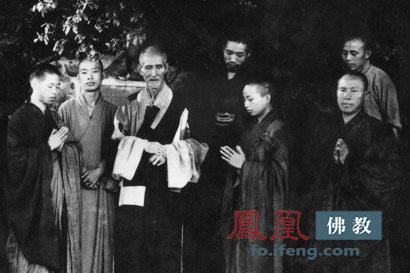
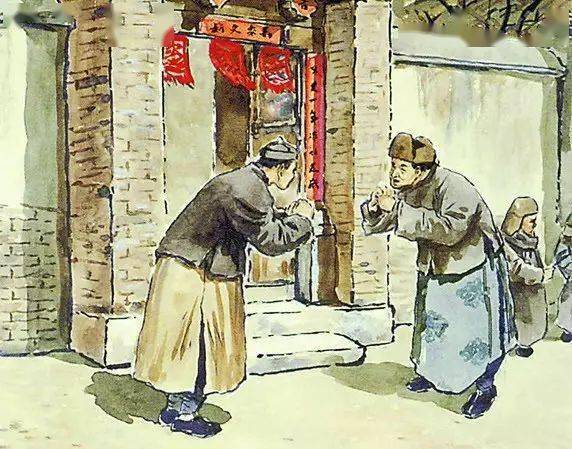
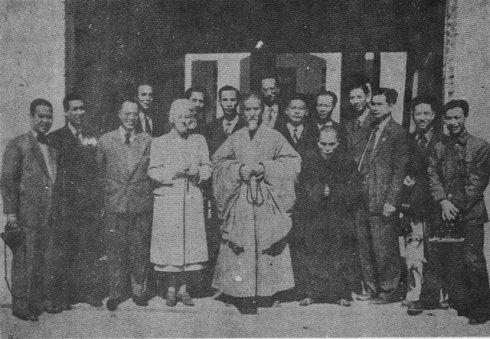
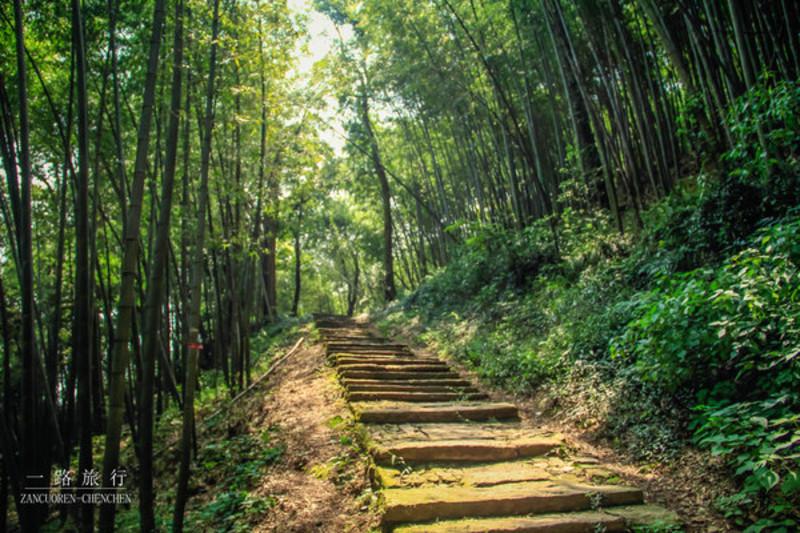
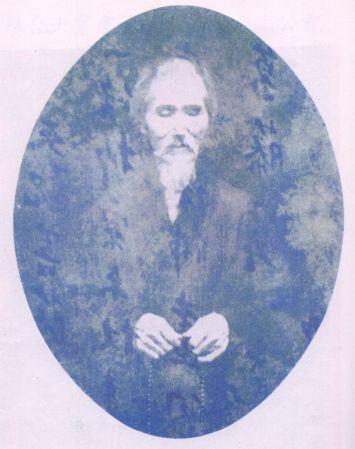
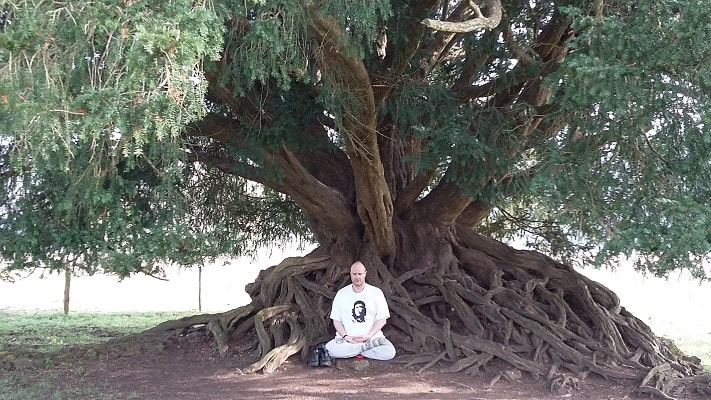
 RSS Feed
RSS Feed